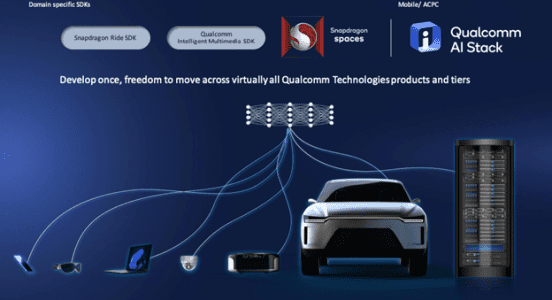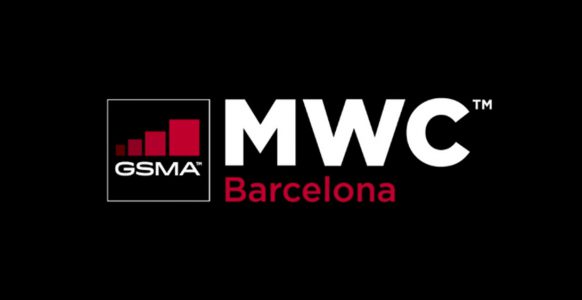Personalization is based on customer data and usage patterns. Till a few years ago, personalization was done in a reactive manner where organizations studied the insights from customer research and based process changes on it. However, today, organizations are looking at predictive personalization. The prime reason for this shift is the growing importance of personalized experiences for the customer and the changes in the market dynamics. Time is a precious commodity in our fast moving world and customers don’t want to spend an extra second on conducting a particular task. Further, as competition pulls up their sleeves to grab more market share, accurate suggestions about products and services based on the customer’s behavior, lifestyle and past purchases is the need of the hour. Thus, organizations are forced to look at personalization technology to proactively design superior experiences at each point of interaction.

Organizations are actively investing in strengthening their big data infrastructure to standardize the large pool of customer data and produce uniform data sets, which can be read and processed through Artificial Intelligence (AI) systems to generate rich and meaningful insights. These insights then guide the organization’s personalization efforts by predicting customer behavior and needs, helping customize content and drive process automation. However, like any technology, personalization technology too has its pros and cons that impact the customer experience, as outlined in the following SWOT analysis.

Strengths
- Enables marketing process automation: Personalization technology deployment digitizes the entire marketing value chain, right from customer trend analyses to intelligent processing and actioning in the form of targeted messaging and customized product and service offerings. For instance, customer information is fed in a dynamic product messaging platform that utilizes artificial Intelligence algorithms to generate custom-made product recommendations and behavior-activated messages to customers across all the digital touchpoint.
- Builds system’s self-learning and customer-oriented evolution capabilities: AI technology boasts of its ability to evolve according to the changing customer dynamics. This self-learning capability helps to drive more relevant and customized messaging, thus allowing organizations to achieve their personalization goals.
- Empower employees with key insights: By providing data about the customer’s behaviors and preferences in real-time, organizations can empower their employees at all touchpoints, allowing them to serve the customers efficiently.
Impact on Customer Experience (CX):
Real-time, personalized content and support that is in tune with customer’s transactional and behavioral pattern saves their time and effort in completing a task. Further, robust technology framework enables superior digital experience and easy navigation. It enables organizations to streamline process flow according to the customer’s journey, along with the tools and support required at each point of interaction.
Weaknesses
- Content personalization is a costly affair: For personalization to work, content offered needs to be targeted, creative and appealing to the customer. To prepare and deliver such content across different touchpoints, organizations need to invest more money, time and effort.
- Cross-process data integration is tedious: Customer data is collected and consumed by different business units. This creates data silos within the organization and it is a tedious job to integrate it so as to enable big data analytics to run on it. This poses yet another challenge to organizations to reap the true benefits of their personalization technology deployment.
Impact on Customer Experience:
Personalization has its limitations – when the customer’s interests change, the system is able to gauge such a change and re-tune its messaging only after it has been researched online by the customer. This process of realignment and re-targeting will take some time, which may not be acceptable to today’s impatient customer who is looking for prompt support and information, pushing them to explore alternative options.
Opportunities
- Greater process accuracy and efficiency: Organizations can automate their marketing value chain thereby optimizing their system performance and ensuring high levels of precision, while presenting relevant content and support to the customer to achieve their tasks efficiently.
- Higher customer conversion: Customized content, targeted marketing and tailor-made solutions help to boost the customer’s experience, thereby leading to a greater customer conversion rate.
- Establish competitive differentiation: Organizations can gain competitive edge by providing personalized offerings to individual customers, something that will be extremely hard for competitors to replicate, given the depth of customization on individual offering.
Impact on Customer Experience:
Successful personalization leads to higher customer advocacy and retention. Further, customer’s hidden aspirations as revealed by predictive analytics can help organizations proactively design customized offerings, thereby delighting the customer.
Threats
- Data privacy is a concern: Data security and privacy has been a persistent concern for both customers as well as organizations. Since personalization technology leverages customer data, organizations face the risk of sensitive customer information falling into wrong hands and consequently, losing customer’s faith.
- Extensive ‘social following’ can perturb customers: While personalization is important for organizations to steer ahead of the game, bombarding the customer with content and solutions over multiple mediums such as email, phone, SMS etc. can do more harm to the customer experience than good.
Impact on Customer Experience:
Tracking and tapping customers across various digital and social media can be a concern for customers as they feel being watched and followed round the clock, thus dampening their overall experience.
Clearly, to succeed in their personalization endeavor, organizations must be able to intuitively predict what the customer needs and when, tailor the offering to an individual customer’s wants and aspirations, let them have it over the medium of choice and provide all the necessary support across the customer’s journey, in real-time. To do so, they must start out with getting the management buy-in by putting together a strong business case for personalization technology deployment that clearly quantifies the long term gains. This will highlight the contribution of the technology in achieving business outcomes and help offset the initial costs involved. The business case must also outline the positive impact on customer experience and prove its alignment with the organization’s customer experience strategy. Further, organizations must drive an organization wide personalization agenda and encourage collaboration between business units, so as to breakdown business silos and ensure the long-term success of the technology. Post deployment, organizations must put in place strict policies governing the operation of the personalization technology framework so as to avoid dumping too much content on the customer and respecting their choices and social boundaries.













